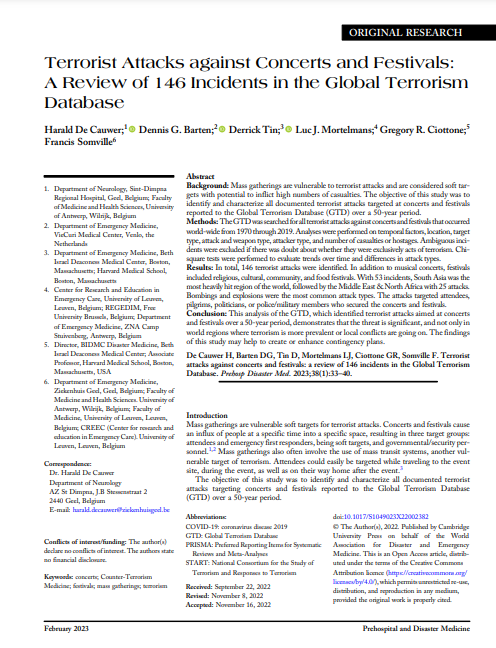By Mohammed Chiran
This policy brief delves into France’s strategy for managing Islamist terrorists and radicalized prisoners (2015-2023). The first part spans the evolution of challenges within the French prison system, covering the return of foreign terrorist fighters (FTFs) and responses to terrorist attacks carried out between 2015 and 2018. The second part details key approaches for managing radicalised inmates, encompassing assessment, prison regimes, rehabilitation, monitoring, and post-release reintegration. The last section explains why it was necessary to identify the Salafi-jihadism threat to tailor prison approaches specifically to this ideology. The recommendations underscore the importance of effective communication regarding the necessity to tailor prison regimes to levels of violent radicalisation while upholding human rights. Finally, the policy brief advocates adapting counter-terrorism strategies to address Salafi-Jihadi ideology. The analysis presented in this paper draws upon the professional experience of its author, who in prisons has dedicated six years to working in P/CVE within the French prison system, as well as insights gathered from open-source materials.
ICCT Policy Brief
The Hague: International Centre for Counter-Terrorism, 2024. 24p.





















